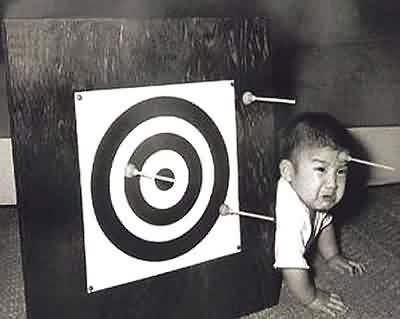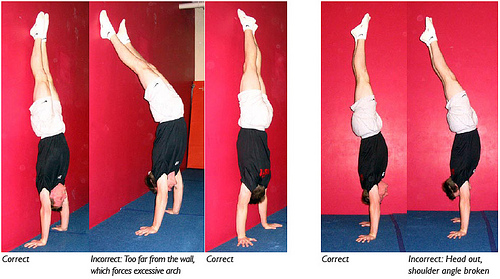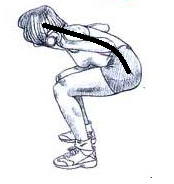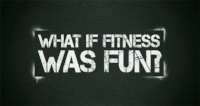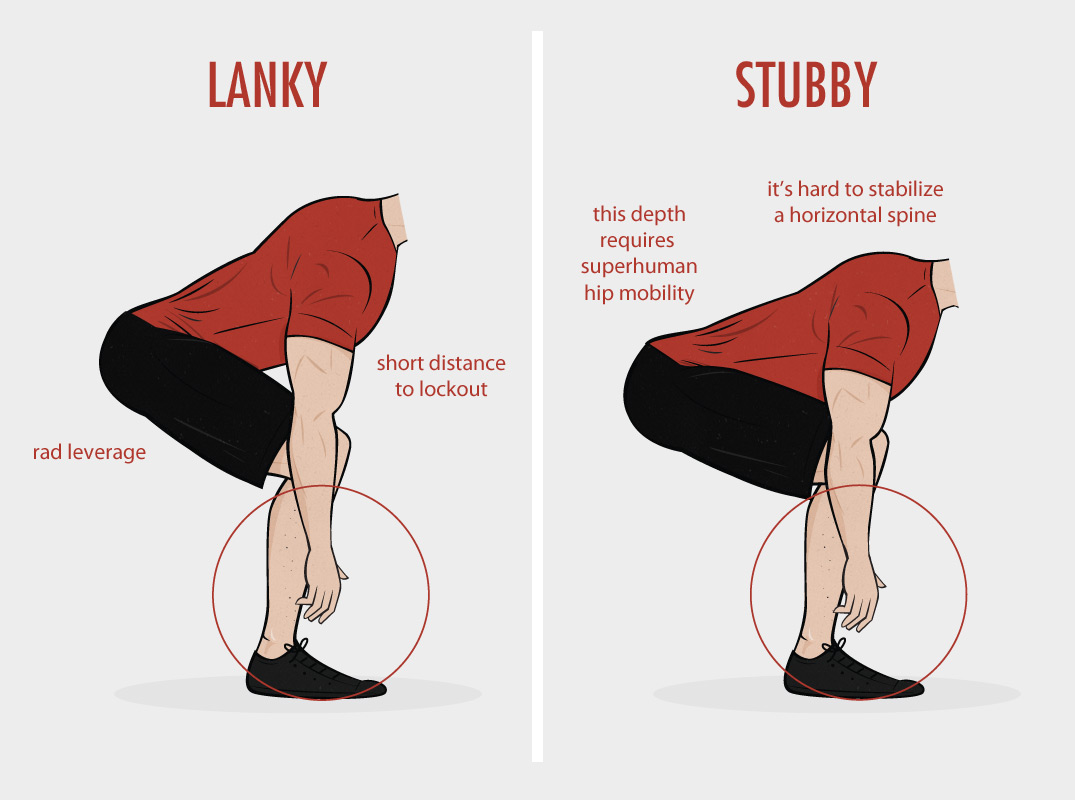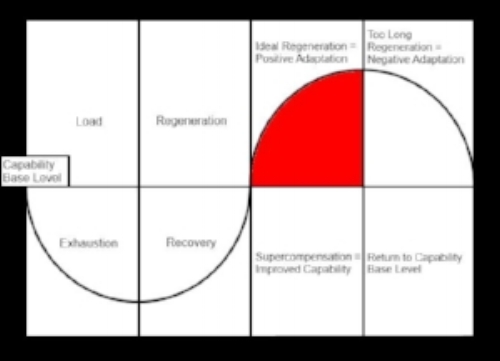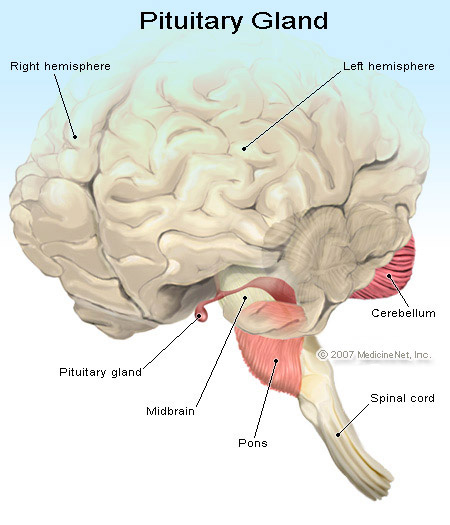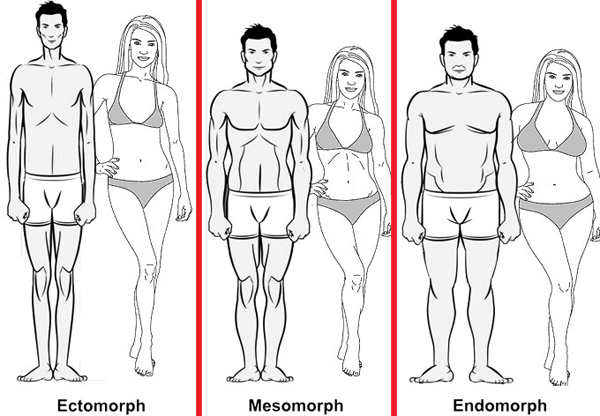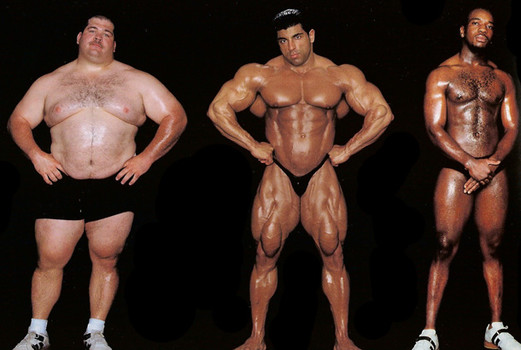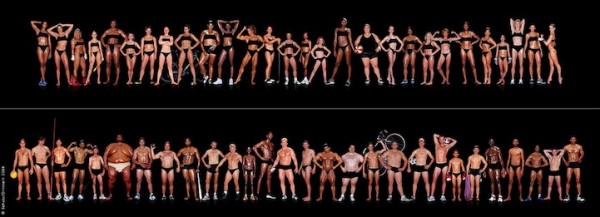Goal Setting
Any good summer begins with a goal. Multiple goals, perhaps.
Most of these goals are unwritten, which is just fine. So in your head, or in your heart if you typically think of things cinematically, albeit inaccurately, what is it you're looking to accomplish this summer? Does it include your personal fitness? Let's assume so.
In life, a good goal needs to be smart. It needs to be specific, measurable, achievable, relevant, and timely. "SMART."
After all, a goal without a plan is just a wish.
SMART GOALS
- Create the specifics. Again, even if just in your head. What is it that will specifically happen, and how?
- Fix a measurement to put in place. Without a means of tracking things, how will you ever know if you've succeeded?
- Make sure each goal is achievable. Sure, you could shoot for the moon, but what frustration or procrastination might develop without immediate success?
- Is your goal relevant to you? Make sure it's not just something you think sounds good over cold beers at a summer party.
- And finally, make your goal time-based. Bound it all to the calendar. When is it that these things will happen?
In the the realm of strength and conditioning, goal setting is just as important as it is in any other facet of life-- career, family, hobbies, etc.
Spending an hour here or there throughout the week working through a series of Back Squats, Pull-ups, or maybe hitting a fun MetCon while hammering an area of weakness is all well and good. All very important, and all topics in articles I've written in the past. But without a sense of what the end goal is, this work is futile, unfortunately. The Fitness Equation requires another piece: a look ahead to the why.
Each summer I kickstart our weekly articles with the same reminder: that this time of year can be two-fold in purpose. These are the months to do great things with family and friends. And those "things" are essential to life. Go, do them, and enjoy the social health development. But with the right plan, with set goals and fitness priorities, summer can also be the perfect chance to get your workouts in and reap the benefits come fall.
Below are my three constant reminders as I start into the Words of the Week each summer.
SUMMER GOAL SETTING
Step 1: See the big picture
You have three months of great things ahead. Three months to work on your strength and conditioning. It doesn't have to happen in one workout. Set a one month goal. Set a summer goal. If you want, set lots, aim high. But see them through.
Hold yourself accountable with a nutrition challenge or look ahead to the Amplify Open competition in August. Use Wodify or a personal journal as a workout log to hit correct lifting percentages and also to see your progress.
I don't know one CrossFitter who is content with their current skill set or fitness level. That's the best part-- there is always more to do. But it takes goals, everyone. Which is why summer is not just a three month beach escapade with horrible pop music playing over the stereo.
Step 2: Plan ahead
If you come to Amplify we already set the daily WOD, so that's easy. But by planning your set days each week, checking the workout and any related videos ahead of time, and coming in with a plan of action, this not only shows true commitment but it's also mentally easier once you set foot in the gym.
I don't mean you should obsess over your future or what's to come; I'm talking about knowing what you'll expect of yourself come "go time."
Let this also be my yearly reminder to warm-up properly. Yes, we're all sore. So get in here and perform some self-maintenence whenever possible. Can't fit in extra minutes before or after your class? Foam roll at home any chance you get. Speaking of, are you in need of a mobility goal this summer? Neglecting your deficiencies for three more months seems like a really bad plan.
Step 3: Intensity
Always include the correct intensity. Some is good, more is not necessarily better. Yes, intensity is key. But no, you don’t need to spend hours breaking down your body systems. Especially without proper recovery.
If you keep the intensity up in your conditioning and your time under duress at appropriate levels, you not only make gains but also keep overtraining from spiraling out of control.
So there it is; a three step process as common sense reminders each year. Make the most of your efforts by formulating goals each day, each week, and each month this summer and always.
And remember that baby steps are important and very motivational. Allow the little victories in life to build together like foundational columns supporting the future you.
Happy Summer!
- Scott, 6.15.2015

